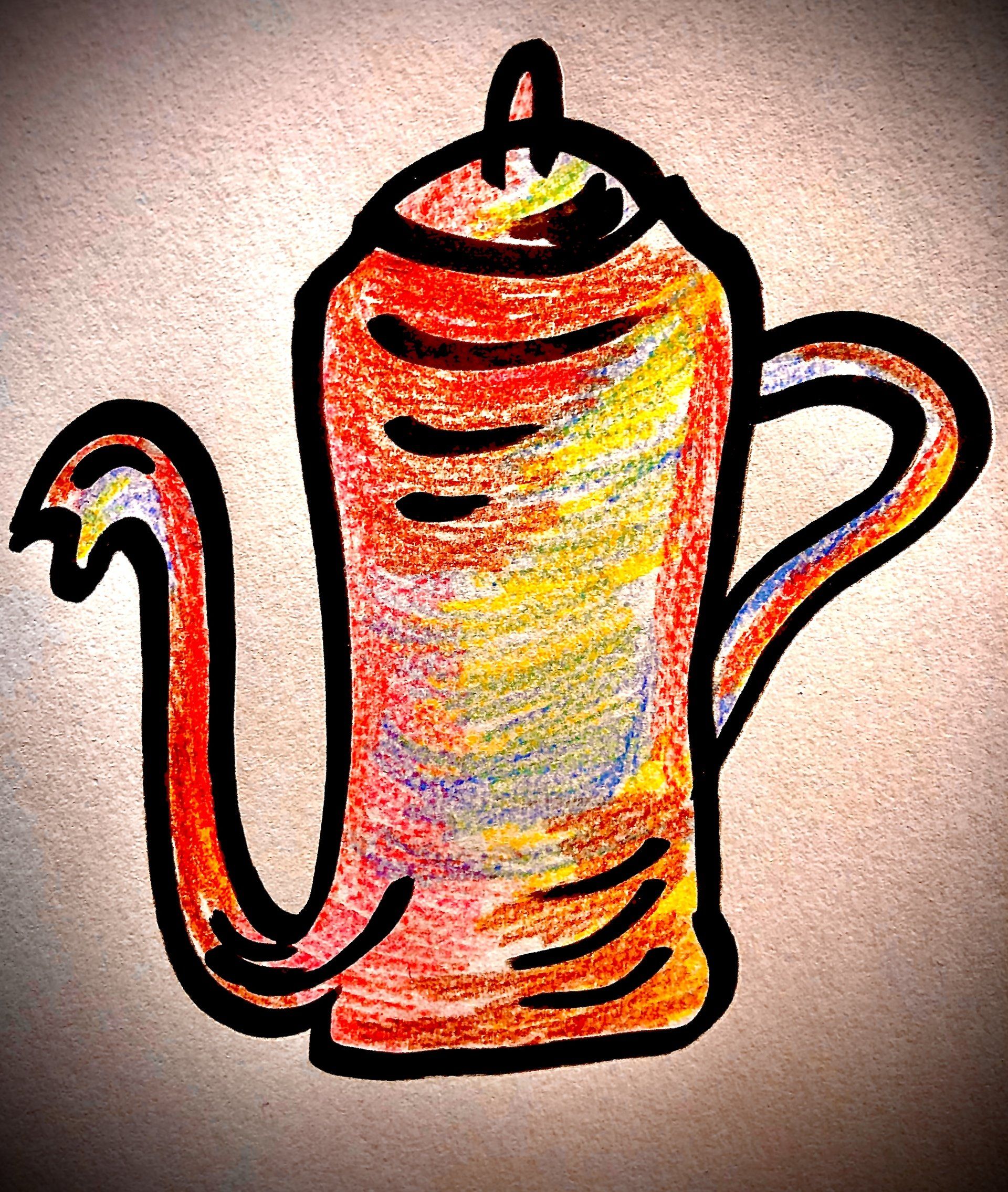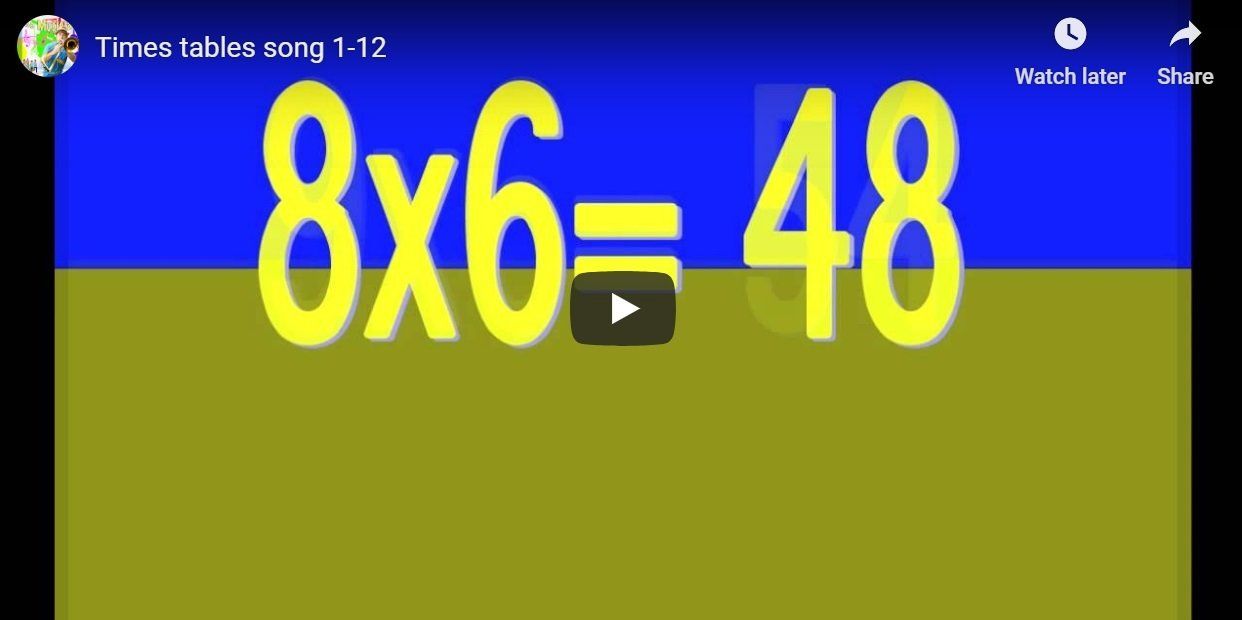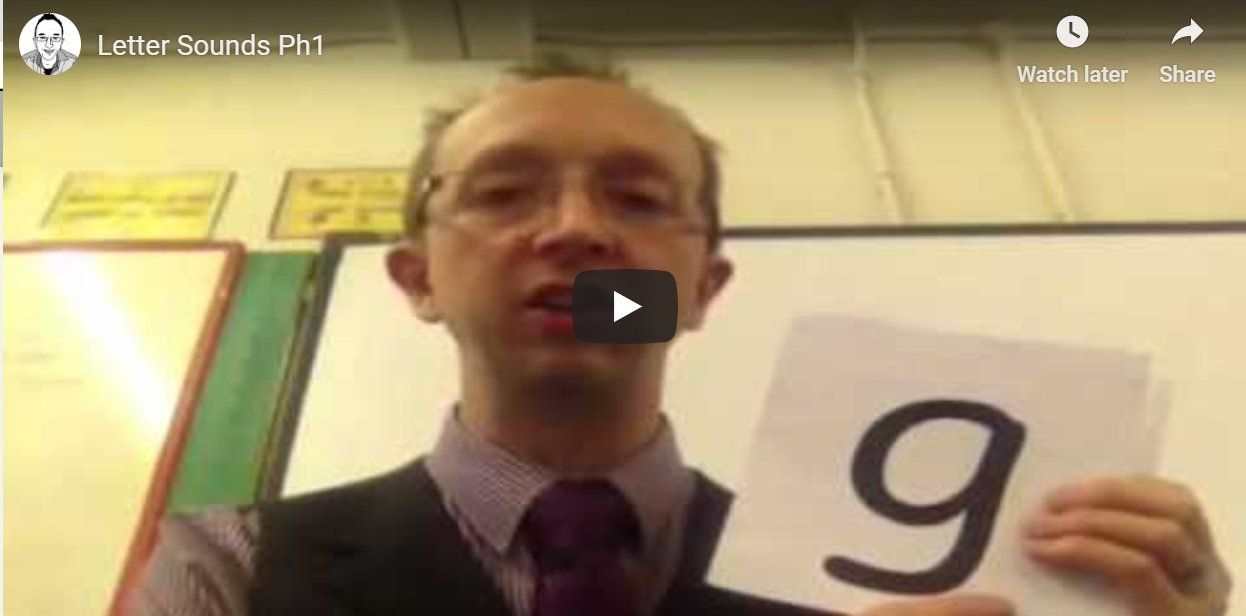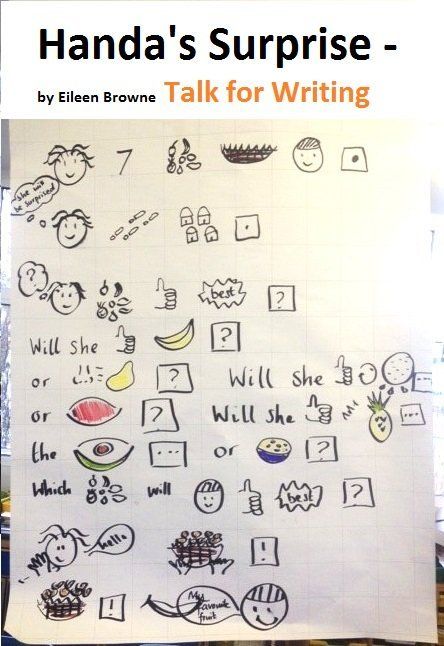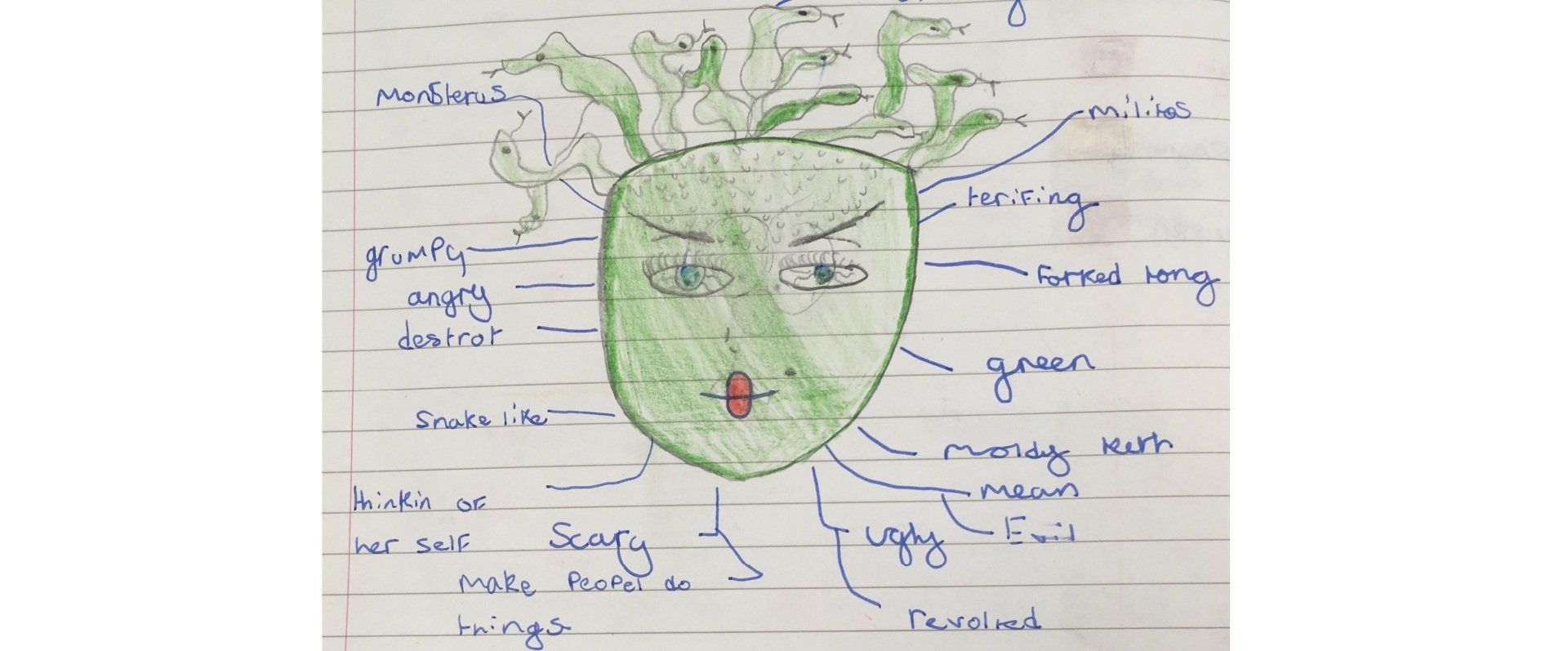Objects of reference in the SLD classroom
- by James D. Lewis
- •
- 15 Dec, 2017
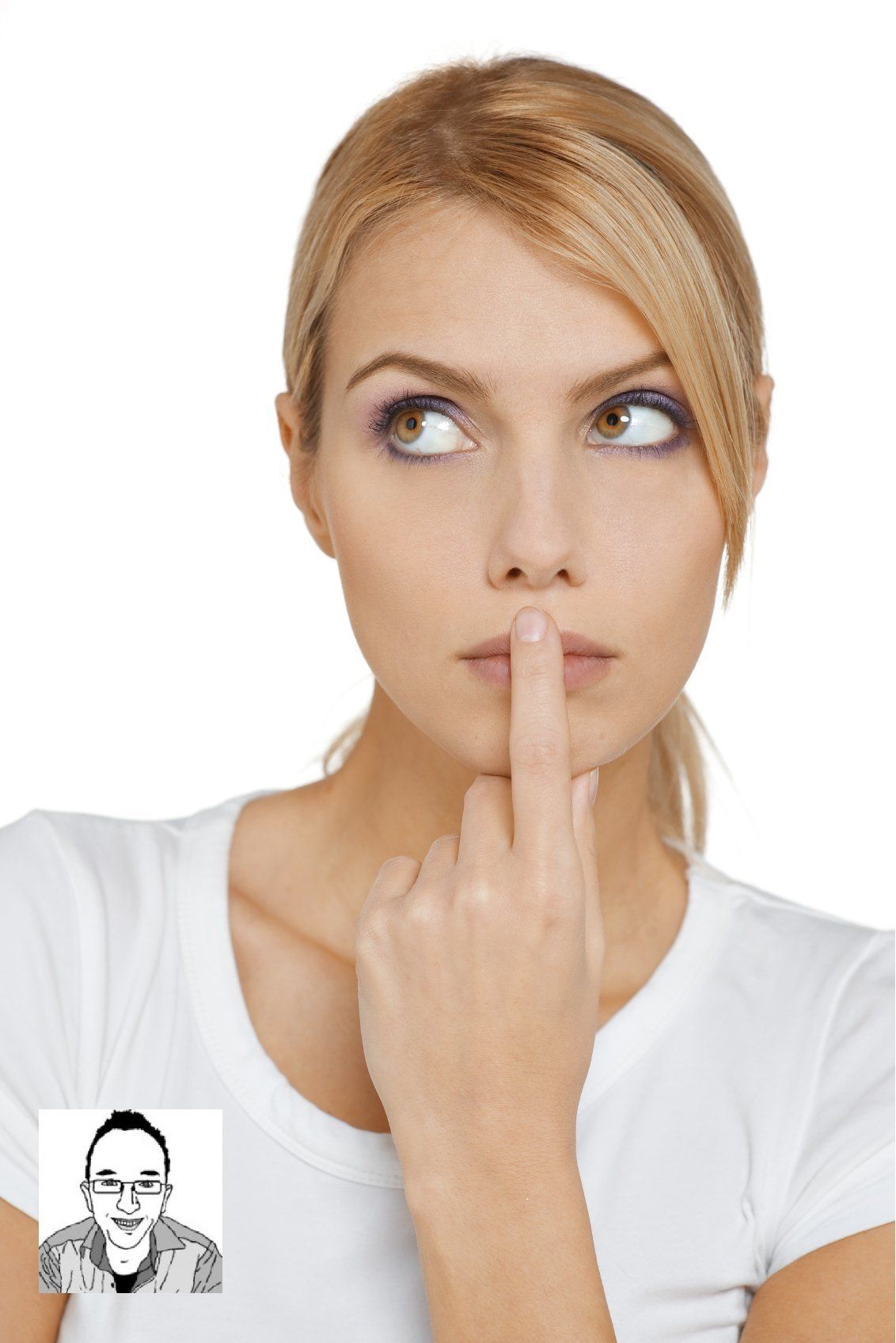
Communicating a lesson focus for children working between p1 - p4
Objects of Reference (Forest & Whittaker 2001) can be used to depict the introduction of the lesson eg a paintbrush to signify Art, a toothbrush - Science (Healthy Teeth) or a triangle to introduce Maths shape. When we introduce objects of reference into lessons, as described above - these items are easier to focus upon as there is less background "noise" to filter out Bogdashina (2007).
Leach (2010) recommends the concept of our specific music and visual images through the ICT smart board, which are also played at the same time as the object of reference being displayed. Other types of objects of reference can be used in lessons such as such as adapted Brain gym massage Spaulding et al (2010), when we use smell reference to introduce the session. The smelling of burning incense stick seems to work well. Swimming lessons are introduced through feeling a rubber arm band. Yoga is introduced by the ringing of a little bell. Within music lessons, the tapping and feeling of wooden claves are used, and the same music at the start of the lesson is also played at the end to bring the lesson to an appropriate close. This is a variation from the TEACCH concept Mesibov (2005), however it is a technique adopted by a number of long serving teachers at our school.
It is considered that repeating the introduction music at the end of a lesson to conclude it brings a satisfactory close to a lesson, particularly for children mentally functioning at low levels. In addition Breakey (2006) recommends using objects of reference within lessons; this concept is something that we are doing all the time as a general practice across the school. In this light, when entering the classroom following the wake up shake up routine the child encounters the same soft classical music fed though the interactive whiteboard. Consistent sound cues are very important throughout the day to signal the end of one session and the start of the next, particularly for the VI children Sanchez & Flores (2010). Each activity has an object of reference to identify the activity in conjunction with the change of music. The lesson structures loosely follow the outline in relation to the literacy hour strategy DFEE (1998) in relation to the introduction, whole class, group and individual work sections, ending in a plenary albeit in a shorter time span. In class we have a partial set of timetable icons that are luminous yellow on black plastic tiles. Initially I was using these however we found that the children were not interacting with them, only on a sensory basis; which led us to using more appropriate physical objects of reference that they could understand on a cognitive level.
Music on compact discs has now been replaced with the music files organised on my laptop which is fed through the interactive whiteboard. I have used Communicate in Print (Widgit 2010) to create alternative larger sized symbols in a similar design to the tiles that I already have. The appropriate object of reference sound cue is played with the physical object of reference. Children aware of the whiteboard can gain some further understanding of the lesson change by viewing the large icon displayed on the full size of the whiteboard.
Bringing it all Together:
James D. Lewis (NPQSL) is aspiring towards a Deputy Head Teacher post in North Birmingham, UK.
www.sencolewis.co.uk






